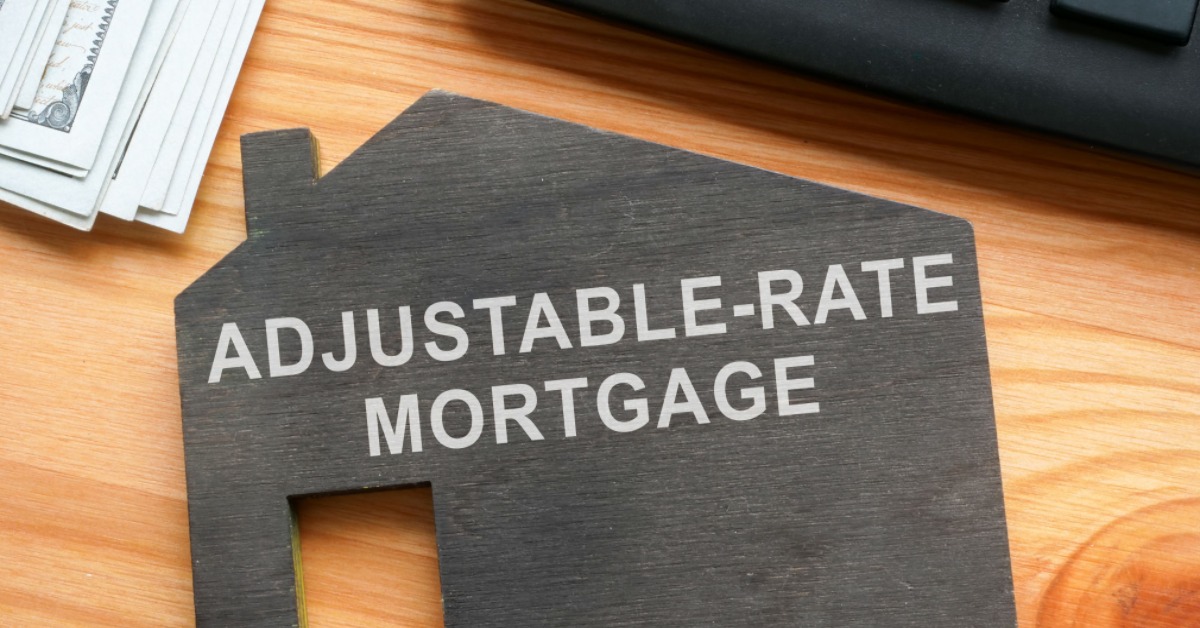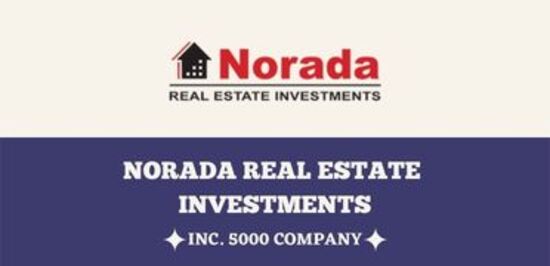Considering a mortgage in today's market? You're likely seeing some interesting shifts. As of July 2, 2025, the national average for a 5-year Adjustable Rate Mortgage (ARM) has climbed to 7.73%. This is a significant increase and something potential homebuyers – and even current homeowners considering refinancing – need to understand fully.
Let's dive deep into what's driving this increase, how it compares to other mortgage options, and what you should consider before making a decision.
Today’s 5-Year Adjustable Rate Mortgage Soars to 7.73% – July 3, 2025
Let’s start with a snapshot of where different mortgage rates stand as of yesterday, July 3, 2025. This gives us a baseline to understand the relative position of the 5-year ARM.
| Loan Type | Rate | Weekly Change | APR | Weekly Change |
|---|---|---|---|---|
| Conforming Loans | ||||
| 30-Year Fixed Rate | 6.79% | Up 0.01% | 7.27% | Up 0.03% |
| 20-Year Fixed Rate | 6.08% | Down 0.18% | 6.56% | Down 0.07% |
| 15-Year Fixed Rate | 5.84% | Up 0.03% | 6.16% | Up 0.05% |
| 10-Year Fixed Rate | 5.58% | Down 0.12% | 5.77% | Down 0.23% |
| 7-Year ARM | 7.50% | Up 0.36% | 7.75% | Down 0.07% |
| 5-Year ARM | 7.73% | Up 0.26% | 8.09% | Up 0.16% |
| 3-Year ARM | — | 0.00% | — | 0.00% |
| Government Loans | ||||
| 30-Year Fixed Rate FHA | 6.87% | Down 0.37% | 7.90% | Down 0.38% |
| 30-Year Fixed Rate VA | 6.30% | Up 0.03% | 6.50% | Up 0.02% |
| 15-Year Fixed Rate FHA | 5.44% | Down 0.83% | 6.41% | Down 0.83% |
| 15-Year Fixed Rate VA | 5.79% | Up 0.01% | 6.10% | Down 0.01% |
| Jumbo Loans | ||||
| 30-Year Fixed Rate Jumbo | 7.34% | Up 0.19% | 7.73% | Up 0.17% |
| 15-Year Fixed Rate Jumbo | 6.60% | Up 0.05% | 6.84% | Up 0.04% |
| 7-Year ARM Jumbo | 7.42% | 0.00% | 8.00% | 0.00% |
| 5-Year ARM Jumbo | 7.42% | Down 0.05% | 7.92% | Down 0.02% |
| 3-Year ARM Jumbo | — | 0.00% | — | 0.00% |
Source: Zillow
Key Takeaways from this table:
- ARM rates are generally higher than fixed rates: Notice that the 5-year ARM at 7.73% has a higher interest rate than both the 30-year and 15-year fixed-rate mortgages.
- Rate Volatility: Some rates went up, while others went down. This highlights the dynamic nature of the mortgage market and the importance of staying informed.
- Jumbo Loans: While this article primarily focuses on conforming loans, it's worth noting the Jumbo Loan rates. Jumbo loans, which exceed conforming loan limits, often have different rate trends.
Why Are 5-Year ARM Rates So High Right Now?
This is the million-dollar question! Normally, you'd expect shorter-term loans to have lower interest rates than longer-term ones. After all, lenders are taking on more risk when they commit to a fixed rate for 30 years versus just 5. So, why is the 5-year ARM so high?
The main reason is something called an inverted yield curve.
- The Yield Curve: In simple terms, the yield curve is a graph that plots the interest rates (or “yields”) of different U.S. Treasury bonds, from short-term (like 3-month) to long-term (like 30-year).
- Normal Yield Curve: Usually, the yield curve slopes upward. This means longer-term bonds have higher yields than shorter-term ones. This makes sense because investors demand a higher return for locking up their money for a longer period.
- Inverted Yield Curve: An inverted yield curve happens when short-term rates rise above long-term rates. This is unusual and often signals that investors are worried about the near-term economic outlook. They believe that in the future, the central bank will need to cut interest rates to stimulate the economy.
Why does this inversion affect ARM rates?
- ARMs are typically tied to short-term interest rate indices, like the Secured Overnight Financing Rate (SOFR) or the Constant Maturity Treasury (CMT) index.
- Fixed-rate mortgages, on the other hand, are more closely linked to long-term bond yields (specifically the 10-year Treasury yield).
Because of the inverted yield curve, those short-term indices that ARMs are based on are currently higher than the long-term yields that influence fixed-rate mortgages.
Other Factors Influencing Rates:
The inverted yield curve is the primary driver, but other economic factors contribute to the elevated 5-year ARM rate:
- Federal Reserve Policy: The Federal Reserve's monetary policy has a significant impact on interest rates. If the Fed is holding steady on interest rates or hinting at future hikes, it can put upward pressure on short-term rates.
- Inflation Concerns: Lingering concerns about inflation also play a role. If investors believe inflation will remain elevated, they'll demand higher yields on bonds to compensate for the erosion of their investment's purchasing power over time.
- Government Debt: The level of government debt can also influence interest rates. Higher government borrowing can lead to increased supply in the bond market, potentially pushing yields higher.
- Economic Data: Strong economic data can sometimes increase rates, as it suggests the Fed may be less likely to cut rates in the near future.
Is a 5-Year ARM Right for You? Weighing the Pros and Cons
Given the current rate environment, is a 5-year ARM a good choice? It depends a lot on your individual circumstances and risk tolerance. Here's a breakdown to consider:
Potential Advantages (in the right circumstances):
- Lower Initial Rate (Potentially…): I know, I've been saying the 5-year ARM rate is high. But if the yield curve corrects itself and rates come down over the next few years, you could benefit from a lower initial rate compared to a 30-year fixed.
- Short-Term Homeownership: If you only plan to stay in the home for a few years (less than 5), a 5-year ARM could make sense. You'd get the initial rate and potentially sell before the rate adjusts upward.
- Anticipating Rate Decreases: If you firmly believe that interest rates will fall significantly in the next few years, an ARM could allow you to take advantage of those lower rates when the loan adjusts.
Potential Disadvantages (Especially in the current market):
- Rate Risk: This is the biggest concern right now. If rates rise during the adjustment period, your monthly payments could increase significantly.
- Unpredictability: It's hard to predict exactly where interest rates will be in 5 years. Economic conditions can change rapidly.
- Higher Initial Rate right now : In 2025, 5-year ARMs are trading higher than a 30 year fixed rate.
Important Considerations Before Choosing an ARM:
- Your Financial Situation: Can you comfortably afford higher monthly payments if the interest rate on your ARM adjusts upward?
- Your Risk Tolerance: Are you comfortable with the uncertainty of fluctuating interest rates?
- The Loan Terms: Understand the specifics of the ARM, including the adjustment frequency (how often the rate can change), the rate caps (the maximum the rate can increase), and the margin (the amount added to the index to determine your interest rate).
Recommended Read:
5-Year Adjustable Rate Mortgage Update for July 2, 2025
Fixed vs. Adjustable Rate Mortgage in 2025: Which is Best for You
Fixed-Rate Mortgage Alternatives: Weighing Your Options
With the uncertainty in the ARM market, many borrowers are opting for the stability of a fixed-rate mortgage. Here's a quick overview:
- 30-Year Fixed-Rate Mortgage: This is the most popular choice for a reason. It offers payment predictability over the life of the loan. However, you'll typically pay more interest over the long term compared to a shorter-term loan.
- 15-Year Fixed-Rate Mortgage: You'll pay off the loan much faster and save a considerable amount of interest. However, your monthly payments will be higher.
- 20-Year Fxd-Rate Mortgage: A sweet spot between 15 and 30 year loans.
Other Strategies for Navigating the Mortgage Market
- Rate Shopping: Get quotes from multiple lenders. Mortgage rates can vary significantly from one lender to another.
- Improve Your Credit Score: A higher credit score can qualify you for a lower interest rate.
- Increase Your Down Payment: A larger down payment reduces the amount you need to borrow and can also help you qualify for a better rate.
- Consider Government-Backed Loans: FHA and VA loans often have more lenient requirements and lower interest rates than conventional loans.
My Personal Take: Proceed with Caution on ARMs Right Now
Given the current economic uncertainties and the inverted yield curve, I personally believe that most borrowers should exercise caution when considering a 5-year ARM. The risk of rising rates outweighs the potential benefits for many people. The peace of mind that comes with a fixed-rate mortgage is often worth the slightly higher initial rate.
Of course, everyone's situation is different. If you have a strong understanding of the risks and feel comfortable with the potential for rate increases, a 5-year ARM might be a viable option. It's essential to do your research, talk to a qualified mortgage professional, and carefully consider your own financial situation before making a decision.
Capitalize on ARM Rates Before They Rise Even Higher
With fluctuating adjustable-rate mortgages (ARMs), savvy investors are exploring flexible financing options to maximize returns.
Norada offers a curated selection of ready-to-rent properties in top markets, helping you capitalize on current mortgage trends and build long-term wealth.
HOT NEW LISTINGS JUST ADDED!
Connect with an investment counselor today (No Obligation):
(800) 611-3060
Also Read:
- Will Mortgage Rates Go Down in 2025: Morgan Stanley's Forecast
- Expect High Mortgage Rates Until 2026: Fannie Mae's 2-Year Forecast
- Mortgage Rate Predictions 2025 from 4 Leading Housing Experts
- Mortgage Rates Forecast for the Next 3 Years: 2025 to 2027
- Will Mortgage Rates Ever Be 3% Again in the Future?
- Mortgage Rates Predictions for Next 2 Years
- Mortgage Rate Predictions for Next 5 Years
- Mortgage Rate Predictions: Why 2% and 3% Rates are Out of Reach
- How Lower Mortgage Rates Can Save You Thousands?
- How to Get a Low Mortgage Interest Rate?
- Will Mortgage Rates Ever Be 4% Again?



